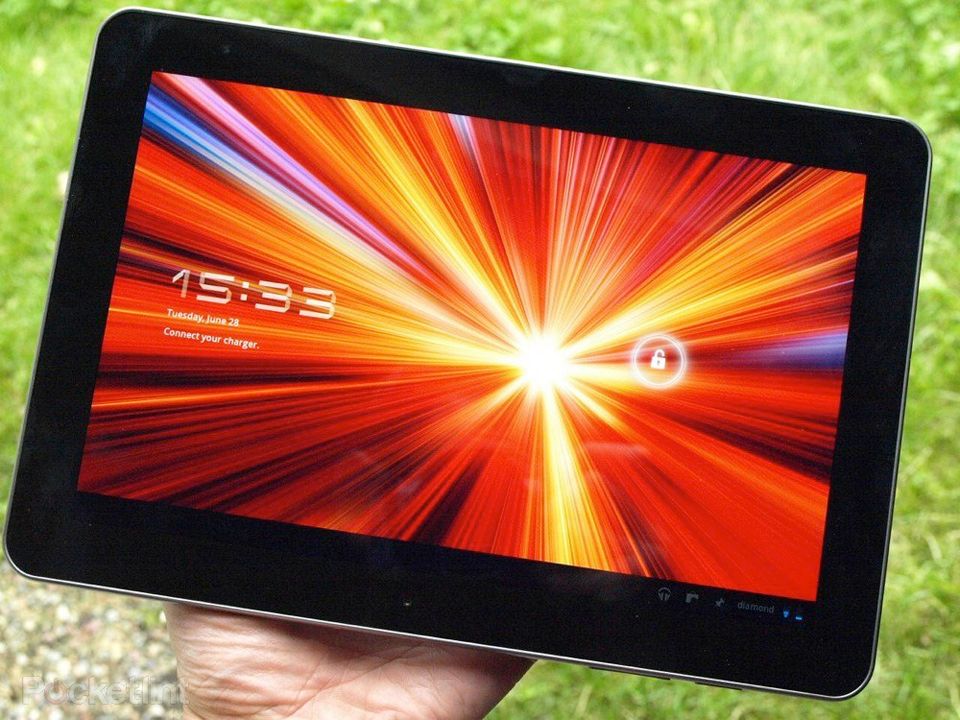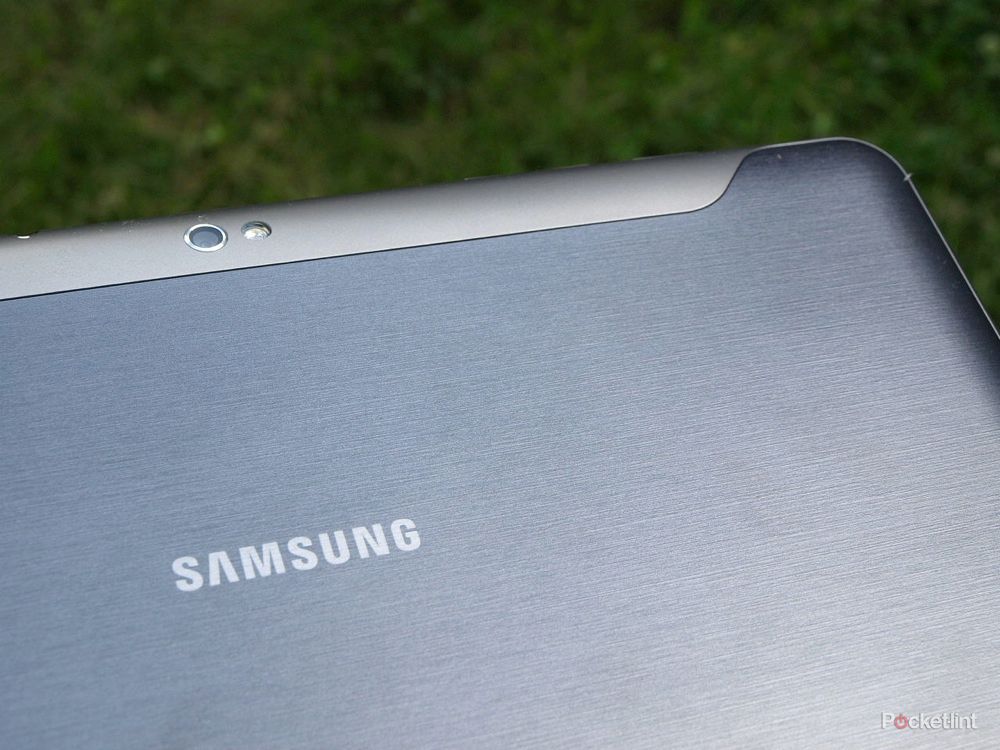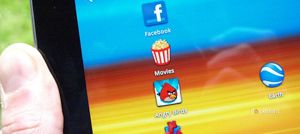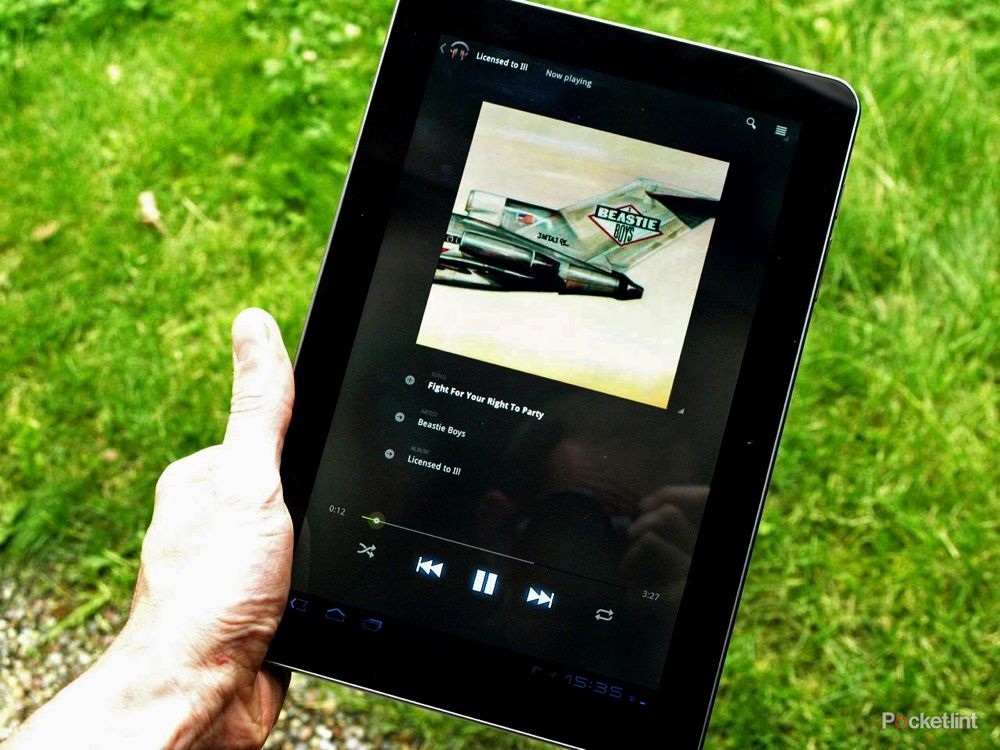With the arrival of the Samsung Galaxy Tab 10.1, the size and form factor of tablets are finally set in stone. A year ago, tablets could have gone anywhere - they could have become neat and compact like the BlackBerry PlayBook and the first Samsung Tab, or they could have bloated into 12-inch Windows monsters.
Our quick take
So it turns out that making tablet hardware is easy. Building something that looks like an iPad 2, something that feels as light and solid and well-made, that takes a good photo and glides a smooth touchscreen and pumps out a punchy, colourful video, is apparently not that tricky to make. If this was a competition between specifications, iPad would simply be another funny word, instead of a noun, a verb and possibly a way of life.
But that’s not the world we live in. As hardware converges into distinct families, software comes to the fore. Some things about Android Honeycomb would make anyone sing. The infinitely customisable home screens are simply unbeatable, delivering only the information you want and putting every aspect of search, navigation and functionality right at your fingertips.
Google’s cloud music and navigation apps are the best out there today and voice search is also extremely handy. But Honeycomb is still riddled with bugs, especially compared with the less well specified but near-faultless iPad iOS. Then compare the anaemic Market to the well-fed App Store when it comes to tablet apps and the gulf is almost embarrassing.
The Samsung Galaxy Tab 10.1 is certainly one of the best Android tablets so far and deserves to be high on the list for anyone who can’t stomach Cupertino’s controlling neediness, but if a wider run of hardware connections are what you crave, you'll have to look elsewhere.

Samsung Galaxy Tab 10.1 - 4.5 / 5
| FOR | AGAINST |
|---|---|
|
|
But with Samsung and Motorola falling into line behind Apple, it seems this is the battleground where the tablet wars will be fought: a 10-inch-ish screen, a premium finish and the minimum of buttons and ports.
On the hardware and design side, the Tab 10.1 is startlingly similar to the iPad 2. It weighs just 5% less than the Apple tablet, boasts a scrap more screen estate and resolution, and is just a fifth of a millimetre thinner. Even the silver-lined black glass bezel is virtually identical - but slightly smaller.
Inside, Tab 10.1 owners get more RAM, a sharper camera and a dual-core chip. This is the game Samsung likes to play. It offers a device that is priced identically to the iPad 2 but that just pips it in terms of hardware. Of course, hardware is only half the story. Can Android Honeycomb compete with the all-conquering iOS? Or will the lack of good apps hold it back? And how well does Samsung’s hardware integrate with Google’s ever-expanding array of cloud services?
Screen and build
The Galaxy’s slimline/widescreen format feels great in the hand. Like the iPad 2, it remains on the heavy side for extended ebook reading, say, but two-handed use is easy and natural. Unlike the Apple tablet, there’s no metal here, just a plastic silver surround morphing into a silver/grey back that has been textured to look like carbon fibre, but isn’t.
Samsung’s quest for slimness means a paucity of ports. An unprotected 30-pin connector serves for both data and power, but there’s no HDMI output, USB or SD card connections. You can get adapters though for all of these to connect to the dock, so if it's essential then you'll need an adapter like you would on the iPad. The only other holes are two tiny speaker ports, a miniscule microphone and a standard 3.5mm headphone jack. A slim power button wakes the Tab up, and there’s a volume rocker beside it.
Samsung’s 10.1-inch screen is 1280 x 800 resolution, which gives it 25% more pixels than the iPad 2 plus a noticeable bump in pixel density, up to 149ppi. Brightness, contrast and colour are all excellent, although the iPad 2’s screen has a noticeable edge in viewing angle, staying crisp and white while the Tab takes on a sickly grey tinge when tilted. Both suffer equally from reflections, glare and fingerprints but are, just, usable outdoors.
There’s nothing to choose between the tablets for touch responsiveness - both are simply excellent. However, the Apple is slightly smoother and speedier when it comes to scrolling and re-drawing graphics.
At home with Honeycomb
Although the Tab 10.1 is one of the first Honeycomb 3.1 devices, there are few visible upgrades - most of the stability and speed boosts are under the hood. You can see a full run-down of the changes in our feature here, or our review of Honeycomb here.
The OS remains a joy to use, with five home screens that you can populate with all manners of icons and live widgets. A 3D-ish transition between screens helps navigation, as do the icons in each of the corners. Top left gives instant links to Google text and voice searches. Voice searching is, as usual, impressive when it works and irritating when it doesn’t (PRs always blame my English accent with these US-tuned devices).
What is undeniably annoying is that if your voice search fails and you want to try again from the Google page, you’re not given the Voice Search option that now appears in Chrome browsers even on desktops. You have to return to the home screen and hit the microphone icon again.
Back on the home screen, top right is where you manage apps and widgets. Bottom right is the useful notification area and bottom left is where you’ll find the back, home and multi-tasking icons. Honeycomb 3.1 is certainly more stable than Google’s first shot at Android for tablets, but it’s far from perfect. During our tests, we regularly got booted out of the browser and YouTube app for no apparent reason, had to restart the unresponsive camera app on several occasions, and suffered several inexplicable slowdowns and screen flashes.
Image conscious
With a 1GHz dual-core Tegra 2 chip inside, it’s no surprise that the Tab 10.1 skips and glides through graphics-heavy tasks. Video playback is faultless, games look fantastic and apps like Google Maps and the grisly new Google Body feel very assured. Tablet-specific games like Angry Birds Rio are now as polished and professional as anything you’ll find on the iPad 2, although obviously there are still far fewer of them. We've been compiling a list of our favourites that you can read here.
Downloading Adobe Flash from the Market open doors that are still locked to the iPad 2. Flash compatibility gets better with each iteration of Android and the 10.1 had no trouble with Flash videos, Kongregate games and the interactive page furniture we came across during testing.
The Galaxy Tab is generally good at multi-tasking, with a few hiccups. Bizarrely, the multi-tasking interface itself, with its rolling column of live screenshots, is a little “sticky” and sluggish. More serious, perhaps, is Samsung’s weak, slow on-screen keyboard that lacks spell correction. Swype for Honeycomb might just be our saviour.
Sound and vision
It’s thumbs up for the Music Beta by Google cloud music service (currently US only). Uploading music from iTunes was slow but steady and the Honeycomb app has a clean, modern 2D graphical interface that’s fast and easy to use. The 10.1 streamed and downloaded songs over Wi-Fi without a hitch. The on board speakers are predictably tinny, even more so than the iPad 2, but they’re fine for occasional listening. Headphones improve the sonics but music still sounds rather muffled.
The camera app needs some work. As well as regularly freezing or falling over, the app is slow to get going. Once it’s awake, there are the usual Android camera options and effects but nothing to rival the quality of the best iPhone apps. Left handers will appreciate the fact that if you flip the Tab 10.1, horizontally or vertically, the type flips but not the location of the shutter or menu buttons - thoughtful.
Image quality is generally good, with the 3 megapixel snaps sporting good exposure and colours. The focus is a bit wobbly and contrast is wishy-washy but compared to the iPad 2’s shockingly bad sub-megapixel snapper, it’s hard to complain.
The 720p video recordings are clear, crisp and wouldn’t shame a decent smartphone, you can find a sample on YouTube here. The sound is hissy and prone to wind noise but, again, this is hard to criticise too much on a device that is unlikely to be your primary music player, camera or camcorder. (Also, geeky shout out to Samsung for the best image file names ever: year/month/day_time/seconds.jpg should be compulsory industry-wide.)
Everything else
The Tab 10.1’s battery life is in the same class at the iPad’s. You can expect to a solid 8 hours web/multimedia from a fresh battery - anything beyond that should be considered a bonus. The device gets quite warm during intense use and if you have the brightness turned way up, the screen will get toasty, too.
The front webcam is a (seriously overengineered) 2 megapixel affair which can handle video chat in HD, should you have the wish for other people to see every curl and wave of your nostril hairs. GPS locked on quickly and effectively, and held its signal well even indoors. We didn’t have the opportunity to check the Galaxy’s 3G capabilities.
To recap
Samsung has shown that you don’t have to be called Apple to turn out a smart, desirable tablet. Now it’s over to Google and the app makers to develop software to match




